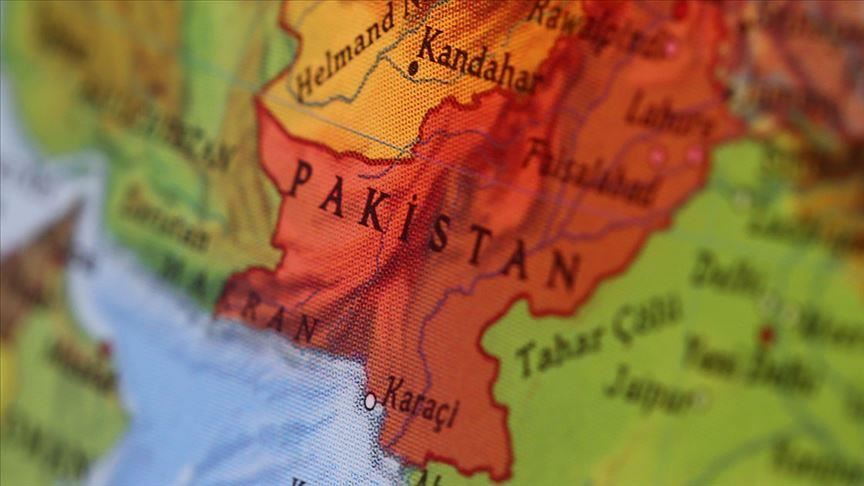South Asia remains a region of immense strategic importance despite being politically uncertain, economically-least integrated, socially and ethnically tense and demographically dense. Both the nuclear rivals India and Pakistan belong to this region; possessing wide range of capabilities not only limited to conventional capabilities but other sophisticated nuclear technologies having their own strategic implications.
The growing trends of nuclearisation and modernization of the existing strategic forces against the backdrop of intra-regional threats and, in response to the external tentacles continue to undermine the fragile dynamics of strategic stability in South Asia. The diversification of strategic weapons, and the different ways both countries think about their role is destabilizing. Likewise, the emerging technological developments and their induction in critical infrastructure of warfare serve to augment the threat perceptions and bind both rivals in an unending competition of arms race. These developments act as a source of strategic anxiety for adversaries, providing them an impetus to lock in an action reaction chain cycle of escalation.
In the peculiar strategic environment of South Asia, many of the red lines that exist are becoming tangled, leading to reinforce the security dilemma that is a cause for concern. Then, the addition of extra-regional actors like the U.S. providing sheer support to India overlooking the ramifications unbalance the equation. China-Pakistan’s all-time strategic convergence irks India and erroneously conclude for New Delhi how this relationship between two states, or the likely cumulative capabilities against India could undermine its ascendance. Thus, allowing the U.S. to play its role in the nuclear matrix of the region not balance but complicate the efforts to maintain strategic stability.
New Delhi assumes that an emboldened China in the region could undermine Indian influence. China’s growing prowess in nuclear technologies and the ensuing influence in the global nuclear trade create potential opportunities for Pakistan to proportionately counter Indian pursuit of claiming invincible nuclear capabilities. In this context, Russia’s role in striking a balance between India and Pakistan, two arch nuclear rivals remain of crucial importance. Russia’s balancing role in South Asia is indispensable to address the fragility of conventional and nuclear deterrence in the region.

Nonetheless, the evolving developments in the strategic environment of South Asia pose wider implications for the region as well. The offensive posturing of India and the biased as well as special treatment of international community, in particular case of India, against the norms of non-proliferation could accelerate the hostility and jeopardize the regional security. New Delhi’s intended pull to gain ascendance in defence muscling would set the momentum for rapid armaments by Pakistan and China, in retaliation. The absence of nuclear diplomacy remains one of the major causation factors to keep the hostile environment active.
However, there needs to be an urgent establishment of a trilateral security mechanism with high level participation of China-India and Pakistan, followed by the assumption that perceived threats could become the actual one if interpreted distantly. All three must join tables to discuss and describe each others’ concerns and subsequently, seeking ways forward to co-exist peacefully.
Pakistan’s economy is already faltering with no- short-term remedies to fix the staggering crisis ahead. If it runs with the same vein to manage the threats vis-à-vis India, economic structures would not allow to pursuing defensive deterrence measures, in the long run. However, the major obstacle is Indian hawkishness and elusive international response to these designs. For that purpose, Islamabad should forge strategic coordination with Beijing to compel India to exercise restraint through the framework of SCO (Shanghai Cooperation Organisation) , and otherwise through international support. To cut short, uninterrupted diplomacy and strategic communication needs to be intact in order to redress a plethora of challenges to strategic stability in the region. The gap of mistrust and uncertainty must be abridged by plugging a shared understanding.
- Strategic Stability in South Asia: Emerging Trends - 20 June 2020
- The Global Policeman: Muscular but, the Sick Man of the World - 16 May 2020


That’s an awesome point